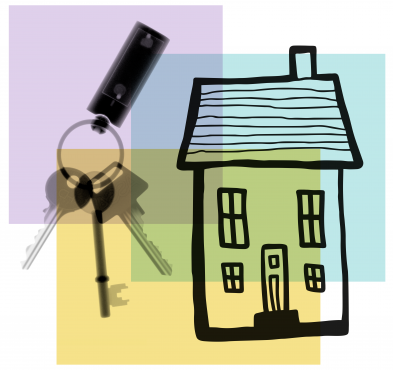The Homes (Fitness for Human Habitation) Act 2018 - All you need to know
04/01/19The Act received Royal Assent on 20 December 2018 and will come into force on 20 March 2019. It was first proposed as a Private Members' bill but received the backing of the Ministry of Housing and Local Government thereby ensuring a successful passage through parliament.
What does it do?
It amends Sections 8 and 10 of the Landlord and Tenant Act 1985 (LTA Act 1985) and adds, in England only, new sections 9A, 9B & 9C so that any tenancy agreement (with a few exceptions such as shared ownership) beginning after the commencement date implicitly contains a covenant that the dwelling must be fit for human habitation at the commencement of the tenancy and will remain fit for human habitation during the lifetime of the tenancy. It does not apply to tenancies that began before then except for existing periodic tenancies which will have to comply by 20 March 2020.
The obligation to ensure that the dwelling is, and stays fit, for human habitation even extends to all parts of the building to which the landlord has an interest, including the common parts, or the retained parts (e.g. the external wall, roof, communal bin store area and the entrance hall and stairwells of a block of flats).
What does fitness for Human Habitation entail?
In determining whether a dwelling is fit for human habitation, regard must be had to various factors including the following:
- Is the property free from damp? Is there a water supply?
- Are there adequate drainage and sanitary conveniences?
- Is there adequate natural light and ventilation?
- Does the property contain a hazard by reference to the Housing, Health and Safety Rating System?
What happens next and who will determine whether the dwelling is unfit for human habitation?
Expert evidence from a surveyor, including a surveyor employed by the landlord, will be sufficient. As with a landlord’s repairing obligations in Section 11 of the LTA 1985, the landlord will have a reasonable period of time, once notified that the property is unfit for human habitation, to put right the defects, failing which the tenant could sue for damages.
It should be remembered however that the LTA 1985 implies a promise on the part of a tenant to give access to the landlord or to his/her surveyor to inspect the property, to prepare a report and to then carry out any remedial works.
If the surveyor decides that the fault lies with the tenant (i.e. because of lifestyle), then the landlord will not be responsible. The legislation states that the landlord is not responsible for unfitness caused by the tenant’s failure to behave in a tenant-like manner.
Will the landlord have to pay damages if the property is in an unfit state?
Potentially yes. If the landlord fails to carry out remedial works to ensure that the property is made fit for human habitation within a reasonable time of notification, the landlord could be ordered by a court to pay damages.
The tenant can also seek an injunction requiring the landlord to make the property fit for human habitation.
The existing Housing Disrepair Protocol will need to be amended to include Fitness claims and, like with Disrepair claims, general damages will be assessed by the diminution of rent principle. Expect to see Fitness claim case law generated in the months and years to come.
What happens next?
The Act will apply to all new tenancies (including Secure, Assured and AST agreements) starting on or after 20 March 2019 . It will also apply to all tenancies that began as a fixed term before 20 March 2019 but become a periodic tenancy after the commencement date.
The Act will then apply to nearly all tenancies in existence from 20 March 2020.
What to do?
- Attend our Housing Management seminars in Jan/Feb 2019 to learn more;
- Sign up to our Disrepair master classes in March 2019;
- Attend our upcoming Housing Disrepair Best Practice sessions in Leeds or Liverpool;
- Consider an audit of all stock older than 10 years. You have a year to do so;
- Ensure that your in-house surveyors know and understand what this Act provides for. Their own reports will be expected to include a finding as to whether or not the property is unfit to live in and, if so, whether this is the tenant’s fault and what remedial steps are required; and
- Keep calm and carry on. The team of experts at Capsticks are here to help! Please contact us at [email protected]






